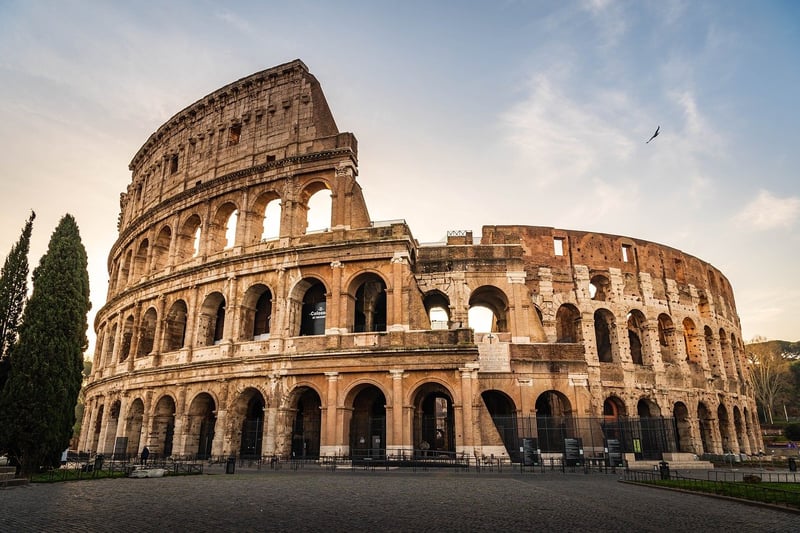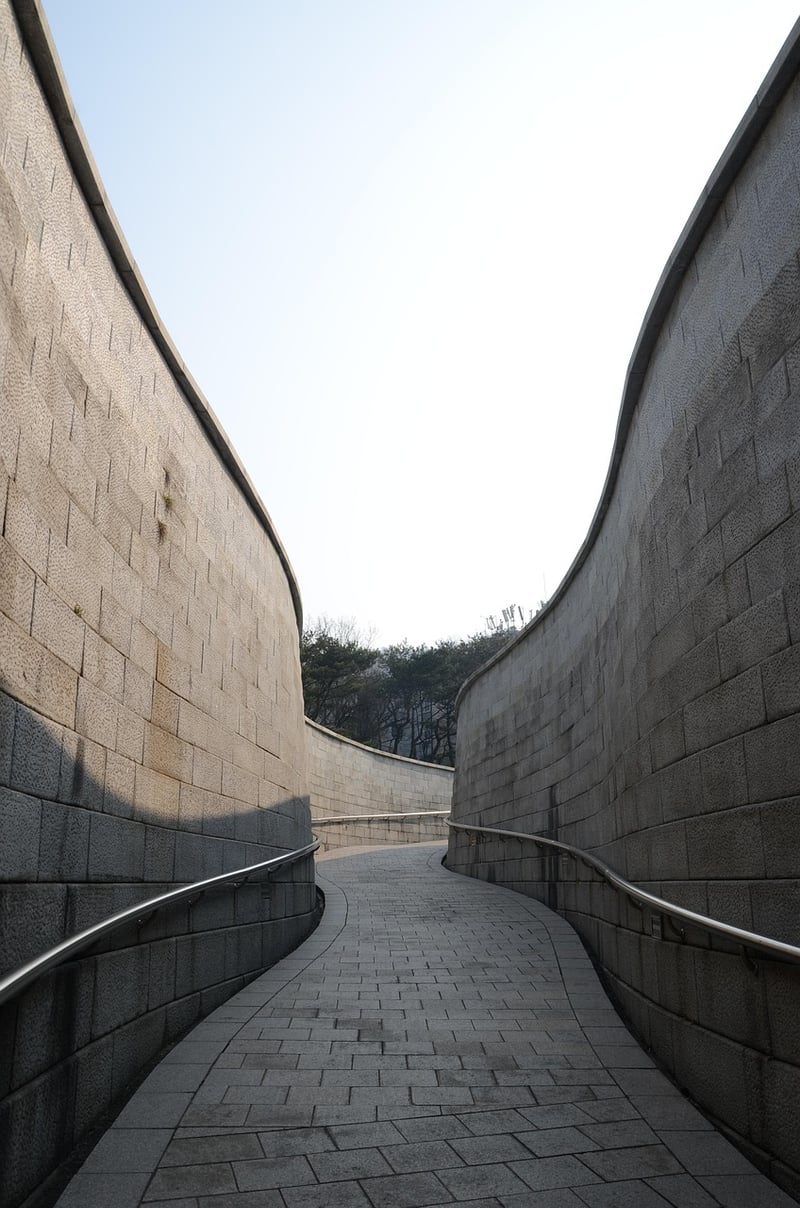Time Capsules
The Evolution of Transportation: From Ancient Times to the Future

Ancient Transportation:
Ancient civilizations relied on various modes of transportation such as chariots, boats, and animals. The Ancient Romans were known for their advanced road network and efficient chariots.
Medieval and Renaissance Era:
During the medieval period, horses and carriages were commonly used for travel. The Renaissance era saw the emergence of carriages with improved designs and comfort.

Industrial Revolution:
The Industrial Revolution brought significant advancements in transportation with the invention of steam engines and railways. Steam trains revolutionized long-distance travel and trade.
Modern Transportation:
In the 20th century, automobiles became the primary mode of transportation for individuals. The aviation industry also boomed, leading to faster and more efficient air travel.

The Future of Transportation:
With advancements in technology, the future of transportation looks promising. Concepts such as self-driving cars, hyperloop trains, and flying cars are being developed to revolutionize how we travel.
Time Capsules: Preserving Transportation History
Time capsules are often used to preserve artifacts and information about a particular period for future generations. Including items related to transportation can provide insights into how people traveled and commuted in different eras.
What to Include in a Transportation-themed Time Capsule:
- Miniature models of ancient chariots or steam trains
- Historical photographs of early automobiles or airplanes
- Copies of transportation-related documents or advertisements
- Sample fuels or materials used in vehicles of the past
By including transportation artifacts in time capsules, we can ensure that future generations understand and appreciate the evolution of transportation over time.
Transportation has come a long way from the ancient chariots to futuristic flying cars, shaping how we connect and explore the world. As we look towards the future, it's essential to preserve the history of transportation for generations to come.
